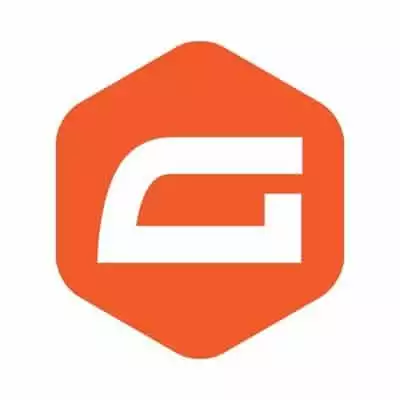How to Install and Set Up WordPress SEO Plugin by Yoast
Check Out More At: WP Beginner
WordPress: Best WordPress Plugins | WordPress Tutorials
How to Install and Set Up WordPress SEO Plugin by Yoast
| Product Image | Product Name / Primary Rating / Price | Primary Button / Description |
|---|---|---|
|
|
|
|
|
|
|
|
|
|
|
|
|
|
Elementor is an amazing website builder plugin for WordPress. Elementor makes it easy to create beautiful and high converting websites yourself without having to learn code.
Gravity Forms is a WordPress plugin that creates powerful forms quickly and easily, with drag-and-drop fields, custom notifications and confirmations, and custom styling capability.
Kadence Theme is a powerful, intuitive and flexible WordPress theme that offers an expansive set of features and customization options.
It includes a robust page builder, beautiful design options, mobile-friendly responsiveness, powerful SEO tools and optimized performance for faster loading times.
It's perfect for creating stunning websites without needing to write any code.
Cloudways is a managed cloud hosting platform that simplifies cloud infrastructure deployment and management.
It provides an intuitive dashboard, automated backups and optimized stack for speedy performance. It also provides 24x7 support with multiple server locations, enabling businesses to host their applications quickly and securely.
Are you looking to improve your WordPress SEO? Yoast SEO is a popular plugin that can help you optimize your website for the search engines. In this article, we will show you how to install and set up WordPress SEO plugin by Yoast.
Installing Yoast SEO
Upon activation, you will be asked to enter your site’s name, admin email, and select your preferred language.
After that, you will see a welcome screen with some helpful links. You can either choose to get started with the tour or skip it.
We recommend that you take a few minutes to go through the tour, so you can learn more about what this plugin can do.
Upon completion of the tour, you will be asked to select your region. This is so the plugin can show you relevant internal links and content analysis based on your location.
After that, you will be asked to select the type of website you have. You can choose between a blog, corporate, eCommerce, or news website.
Lastly, you will be asked to select the plugins you want to install. For most users, the default selection will be fine. However, if you are running an eCommerce website, then you will need to select the WooCommerce plugin.
Once you have completed the installation wizard, you will be taken to the Yoast SEO settings page.
Configuring Yoast SEO Settings
The first thing you need to do is add your site’s title and description. You can do this by going to the SEO -> General -> Features tab.
Scroll down to the “Webmaster Tools” section and enter your site’s title and description.
The next thing you need to do is connect your WordPress site to Google Search Console. This will allow Yoast to fetch your website’s data and show you any crawl errors.
To do this, go to the SEO -> Search Console -> Your site on the web tab.
Enter your website’s URL and click on the “Request Authorization” button.
You will be redirected to Google Search Console where you need to click on the “Add a Property” button.
Enter your website’s URL and click on the “Add” button.
Now, you need to select the correct ownership verification method. For most users, the HTML tag method will be the easiest.
Click on the HTML tag tab and then copy the code provided by Yoast.
Next, you need to go back to your WordPress dashboard and paste the code under SEO -> Search Console -> Added sites tab.
Click on the “Save Changes” button and then go back to Google Search Console.
Click on the “Verify” button and you will be all set.
The next thing you need to do is set up the social profiles for your website. Yoast SEO allows you to add your social profile links in the header, footer, and content of your website.
Go to the SEO -> Social tab and click on the “Accounts” sub-tab.
Here you need to enter your social profile URLs for Facebook, Twitter, Instagram, etc.
Once you are done, click on the “Save Changes” button.
Yoast SEO also allows you to add Facebook Open Graph meta tags to your website. This will make your website’s posts look great when they are shared on Facebook.
Go to the SEO -> Social -> Facebook tab and turn on the “





